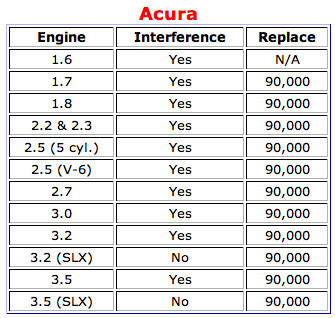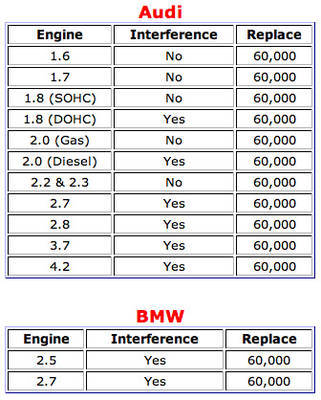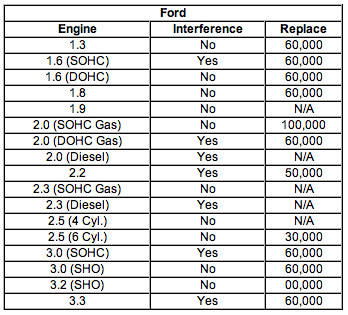You hear the craziest things about how to maintain your car. And let’s admit it: most of us DO crazy things – or worse, we do things to our cars based on rumors and myths rather than concrete mechanical knowledge. In an age when most of us get 90% of our car knowledge from movies like “Gone in Sixty Seconds”, we could probably all use a little maintenance myth-busting that helps us know which mythical advice to follow and which to throw out the window.
1) Always keep your gas tank full. This is a major point of contention between my husband and me. Seeing how far I can get the needle to go below the big red E is like a sport for me – if worst comes to worst, I can always swerve to get the last remaining dregs into the combustion chamber. My husband is far more practical and points out the safety of having a full gas tank.
As it turns out, keeping a full gas tank not only means that you can jump in the car for trips to the emergency room without stopping for gas, but it also prevents water from getting in the tank. Particularly during cold winter months, condensed water forms on the inside of an empty tank, causing improper flow and, at times, stalling. I’ve had this happen numerous times; my poor little Focus even conked out on the freeway once when I’d been running it on fumes. Turns out, it just wanted a full tank to push the water out.
2) Premium gas will mean better mileage and fewer repairs. My penny-pinching side is happy to report that this is relatively bogus. With today’s fuel standards, even low and mid grades of gasoline have detergents and other additives that keep everything running smooth. Additionally, the mileage you’ll gain with premium isn’t nearly big enough to justify the cost. Unless you have a supercharged engine or a Hemi, premium doesn’t make much of a difference.
3) Always warm up your car. As unpleasant as it is to slosh through powder in your pajamas, this one is actually an excellent idea, as it benefits both driver and the car. Particularly on those nostril-freezing winter mornings Michigan is so famous for, giving your car a few minutes to warm allows it to move oil and other fluids to where they need to go. The difference in car function can be tantamount to the safety difference between a driver stepping into a warm interior and gazing out of a clear windshield and a driver gripping an icy steering wheel and asthmatically jerking from the cold.
4) Wait a while before going through a car wash after repairs. I was shocked to see in our analytics report that someone had searched the term “how long after repairs can I go through the carwash”, but hey – I’ve believed crazier myths. Let’s let Rob tackle this question: “I am surprised how frequently this question comes up and have found that most of the questioners have had body repairs done to their vehicles where the body man recommended waiting a certain period before washing the car. In the mechanical repair field, there are very few situations where the vehicle cannot be washed or driven right away. If such an occasion arises, typically, the vehicle is kept for follow-up and road testing to ensure a complete repair.”
Safe driving!






